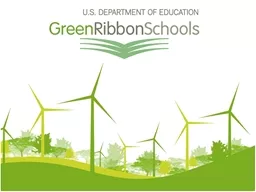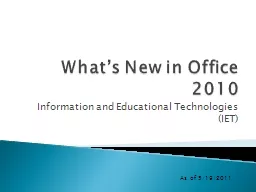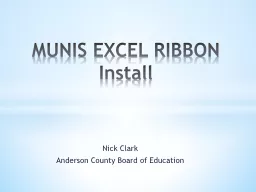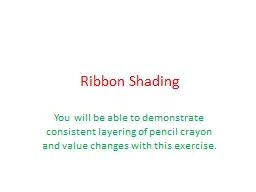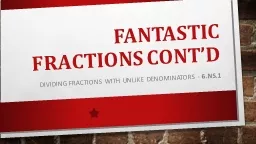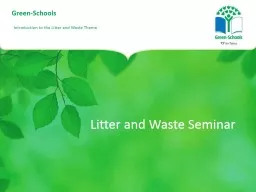PPT-Why ED-Green Ribbon Schools?
Author : test | Published Date : 2016-07-04
History Authorities and Programs ED as connector amp communicator of best practices and resources Lets Look at How and Why EDGreen Ribbon Schools Came to Be Public
Presentation Embed Code
Download Presentation
Download Presentation The PPT/PDF document "Why ED-Green Ribbon Schools?" is the property of its rightful owner. Permission is granted to download and print the materials on this website for personal, non-commercial use only, and to display it on your personal computer provided you do not modify the materials and that you retain all copyright notices contained in the materials. By downloading content from our website, you accept the terms of this agreement.
Why ED-Green Ribbon Schools?: Transcript
Download Rules Of Document
"Why ED-Green Ribbon Schools?"The content belongs to its owner. You may download and print it for personal use, without modification, and keep all copyright notices. By downloading, you agree to these terms.
Related Documents

